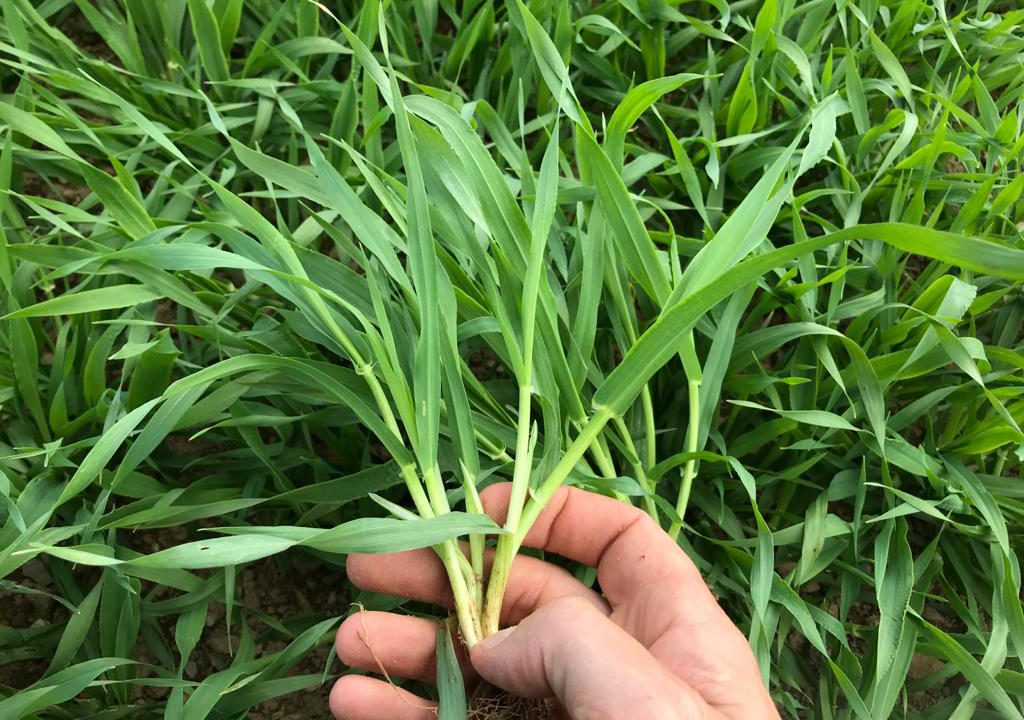Teagasc has confirmed a slowdown in the development of many spring barley crops, with soil compaction being the main culprit.
The key symptom to look out for is a distinct yellowing of fields.
The soil compaction challenge is a direct consequence of the very difficult spring weather conditions.
While the soil surface was dry and fields were fit to roll post-sowing throughout late April and May, there was an underlying dampness that has led to some compaction issues.
The symptoms are usually yellowing of the crop, as a result of restricted root growth and reduced nutrient uptake.
It is important that the crop receives its major and micro nutrient requirements, but excess nitrogen (N) or additions of micro nutrients will not alleviate the crop stress. Remedial action will come post-harvest.
Other issues adding to the compaction challenge include Barley Yellow Dwarf Virus (BYDV), leaf scorch from herbicide and fungicide application.
Disease levels are low at the present time except within crops of RGT Planet, where net blotch remains challenging.
Attention will now turn to the awn emergence fungicide requirement of spring barley, where Ramularia will be the target for all varieties.

Meanwhile, spring wheat and oats are growing well at the moment. Most crops have received a plant growth regulator (PGR) at this stage.
Disease levels are generally low, although yellow rust is visible in some spring wheat crops. Mildew levels are also generally low. But growers need to keep an eye on it over the coming weeks.
Ramularia
According to Teagasc, Ramularia in winter barley is now starting to show up, especially where BYDV had been an issue.
Plants that were affected by BYDV are showing more noticeable signs of disease on awns and flag leaves.
Previously, yield differences of anything up to 3.5-4.0t/ha have been identified, depending on the level of BYDV in winter barley crop.

While Teagasc tillage specialists don’t expect the same level of yield reduction in spring barley, growers should still be aware that crops may also be affected, given the level of BYDV confirmed in 2024 spring crops .
Folpet in the form of Arizona, Mirror etc. plus an Azole mix, e.g. MacFare Xpro, Balaya + Imperis, should give the best control of Ramularia and other diseases.
Winter wheat
Most October-drilled winter wheat crops are now at the end of flowering and have received their head fungicide.
However, November drilled crops are in mid flowering at the moment and the final fungicide is now due. Options here include Prosaro/Jade at 1.0L/ha.
